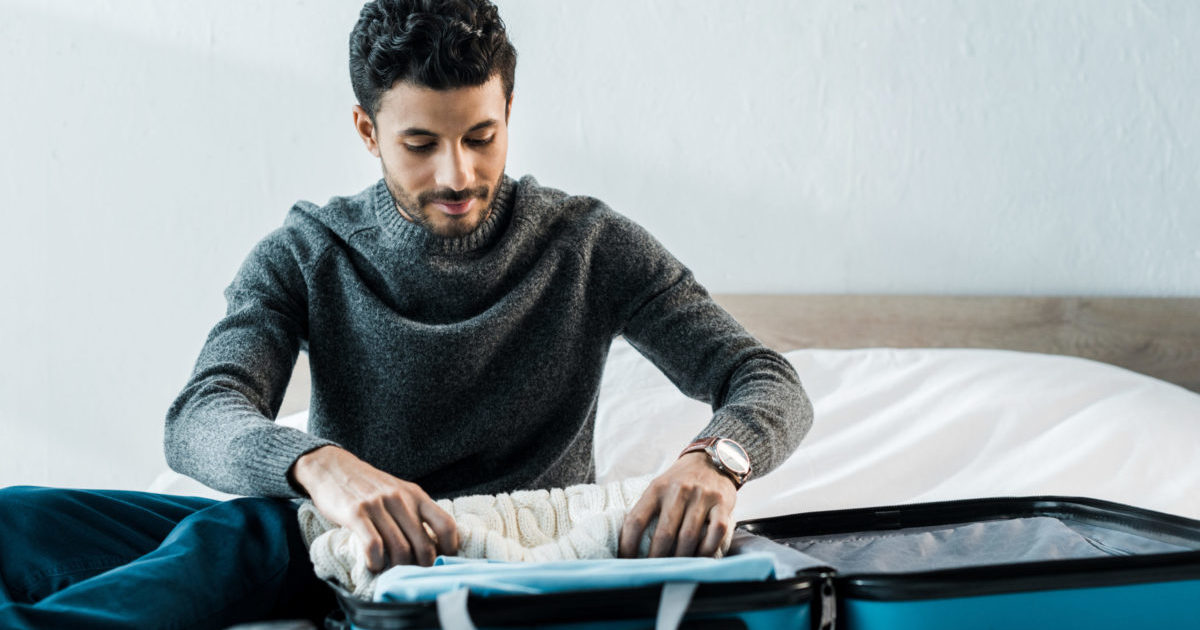If you’re considering participating in a U.S. or virtual clinical experience with AMOpportunities, congrats. You’ve just made a great investment in your education. During your clinical experience, you’ll gain new skills and medical knowledge. You’ll also meet some inspiring healthcare professionals and earn a letter of recommendation.
While you may be aware of all these benefits, you’re probably focusing on how much planning you have to do before you can take advantage of them. While we have a network of dedicated AMO Coaches who will provide orientation before your rotation, below are some tips to help you plan for a successful real-world medical experience.
What to Bring on the First Day
We recommend you bring a white coat, a stethoscope, and something to write on. If you don’t need these items after the first day, your preceptor will communicate this. It’s best to be overprepared in cases like these. It is also a good idea to bring copies of site-specific required documents you filled out during enrollment. This will help your onboarding go smoothly even if the hospital or clinic is not prepared or has misplaced any of these items.
What to Wear While Rotating
It’s best to treat your clinical experience like a job. Your clothing and appearance should be neat, clean, and professional. In most cases, you will wear business professional attire. If your rotating facility requires a different dress code, your AMO Coach will communicate this.
Business professional clothing includes dress pants, chinos, button-ups, polo shirts, and dress shoes for men. Women may wear dress pants, skirts, dresses, blouses, and dress shoes.
It’s important to note that personal hygiene is just as important as the clothing you wear. Make sure to shower regularly, wear deodorant, and brush your teeth. This will keep you free of odors and bad breath. If you are accustomed to wearing fragrances or cosmetics, do so with discretion. Some patients may have allergies or sensitivities to these items. Wearing them in excess could get affect their health and experience. The goal is to provide patients with the best care possible, which means keeping them safe and satisfied.
How to Get to and From Your Rotation
Depending on where your rotation is located, there may not be housing available nearby. As such, walking to your rotation won’t be feasible. We have a few suggestions on how you can get to and from your rotation safely. It’s important to note that the options we share vary in price. When planning your rotation, make sure you budget for these transportation costs.
The most affordable transportation option is public transportation. While availability and cost can vary from city to city, most major U.S. cities have a dependable, comprehensive system. These systems are comprised of buses, trains, subways, and ferries which run on schedule almost every day.
Taxis are a more expensive, but perhaps convenient, option. Taxis are common in big cities and can be called on-demand. They also offer privacy. You can either order a taxi by phone or flag one down on a busy street or at the airport, train station, bus station, hotels. If you’re not staying in a large city, taxis can be hard to come by.
Ride-sharing services such as Uber and Lyft have recently become popular in the U.S. They are more expensive than public transportation but cheaper than taking a taxi. These services utilize apps that allow you to enter your current location and preferred destination. The app will show you drivers in the area who can help you get where you want to go. It’s important to note that you will need Wifi to use this service. If this is your preferred mode of transportation, make sure to purchase a U.S. data plan for your phone if you do not have international coverage but are traveling internationally.
Depending on the city, all three options may be available for transportation from the airport. You do not need to schedule transportation in advance.
Make sure you get acquainted with your area’s most convenient form of transportation. I can help you determine what options are available/best for your specific situation.
Where to Stay During Your Rotation
AMOpportunities does not provide housing. To find a place to stay during your rotation, use the Airbnb link provided on the Dashboard of your AMO User Account. Airbnb has routinely provided our visitors with a great stay and in most cases, booking with them is safe, easy, and affordable. If you have family or friends in the area, you may choose to stay with them; this can be a cost-effective option.
If you do book housing through Airbnb, note how far away the home, apartment, or room you are considering is from your program site and public transportation. If you share information with us on which housing you’re considering, your AMO Coach is happy to contact the listing owner to discuss potential discounts. Your AMO Coach might also offer some suggestions and guidance as you search for the perfect place to stay!
We hope the above information sets you up with success for your clinical experience. If you have any additional questions, please email your assigned AMO Coach.
Interested in a clinical rotation but haven’t applied yet?







Leave A Comment